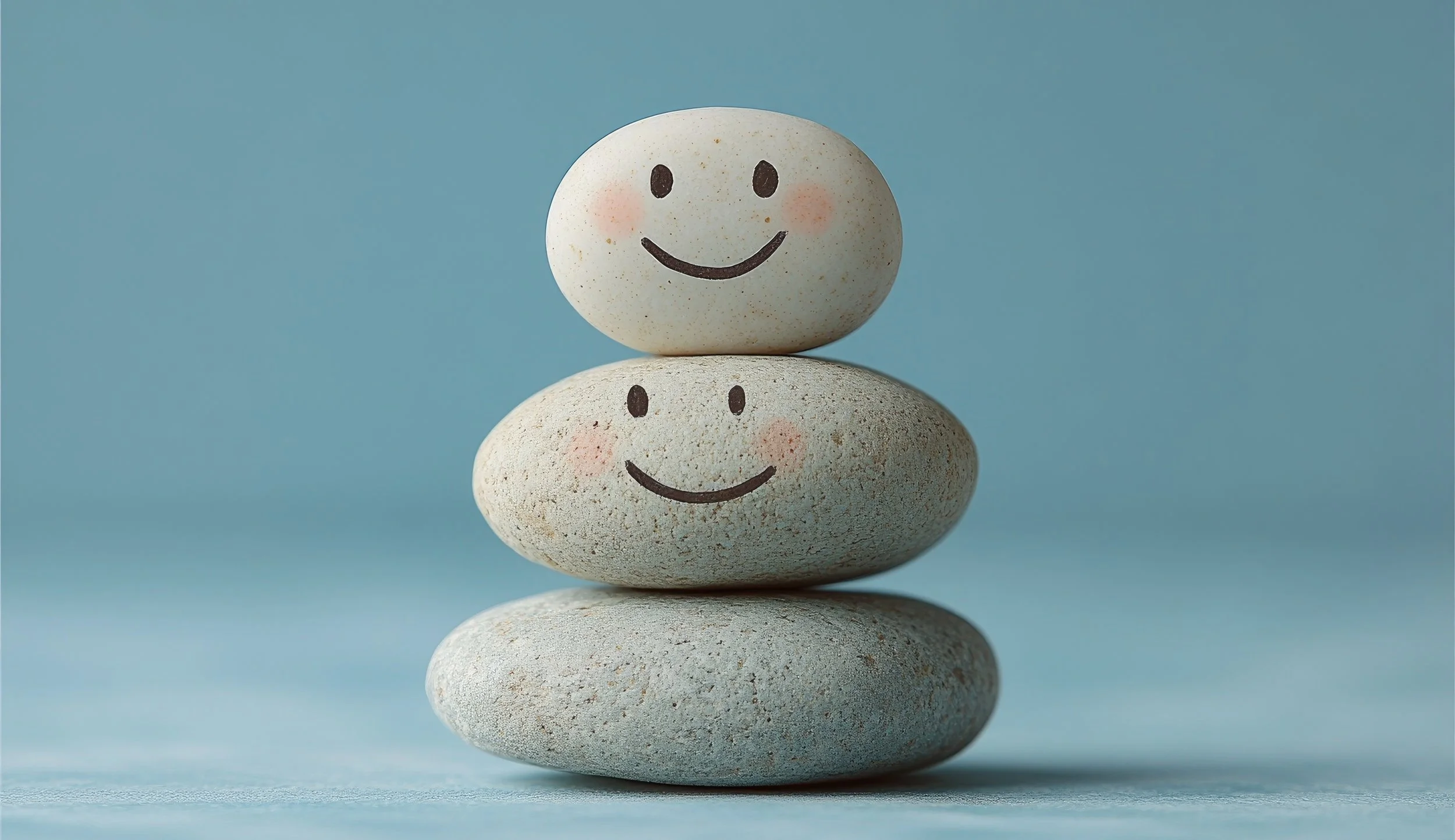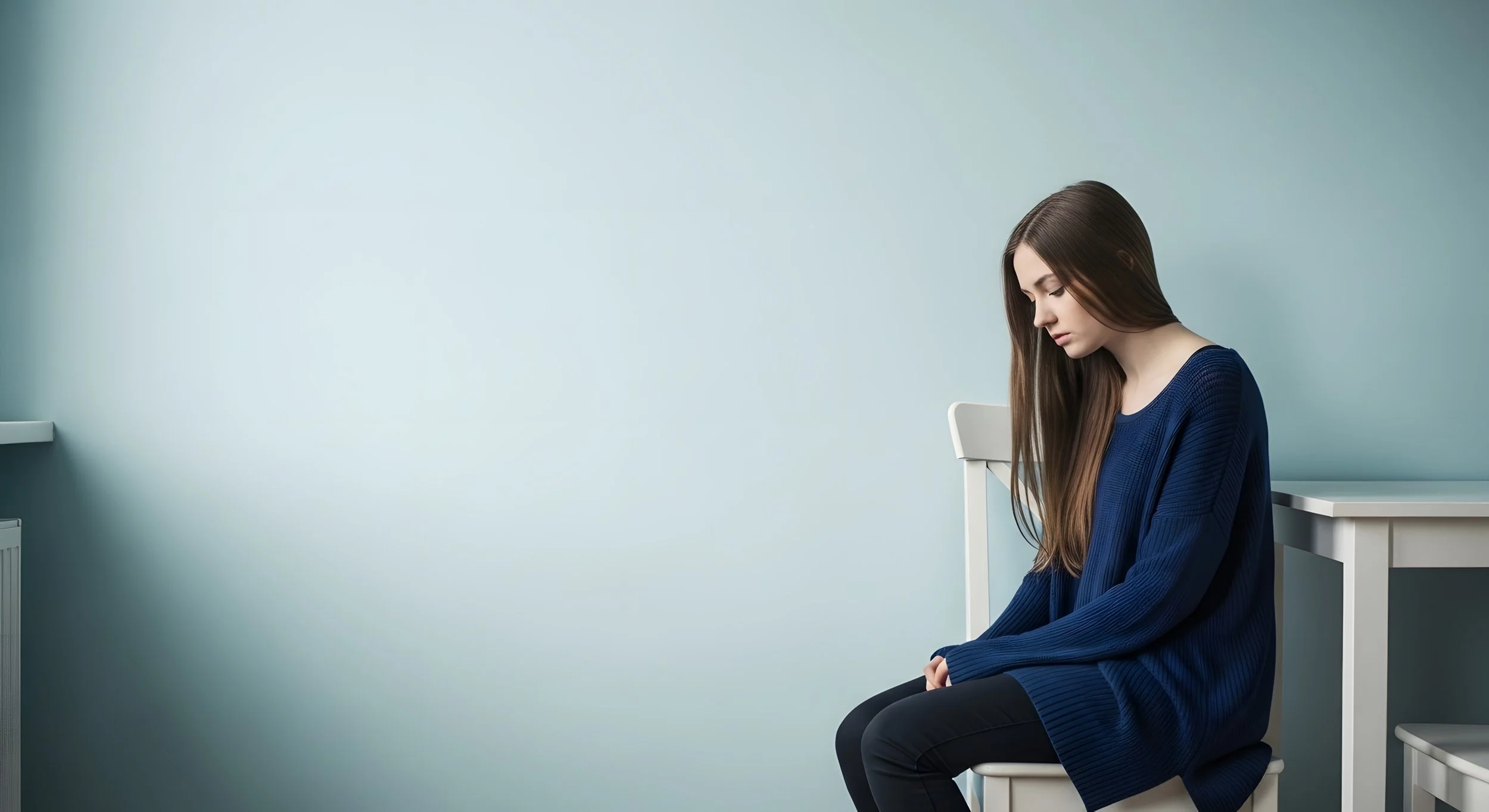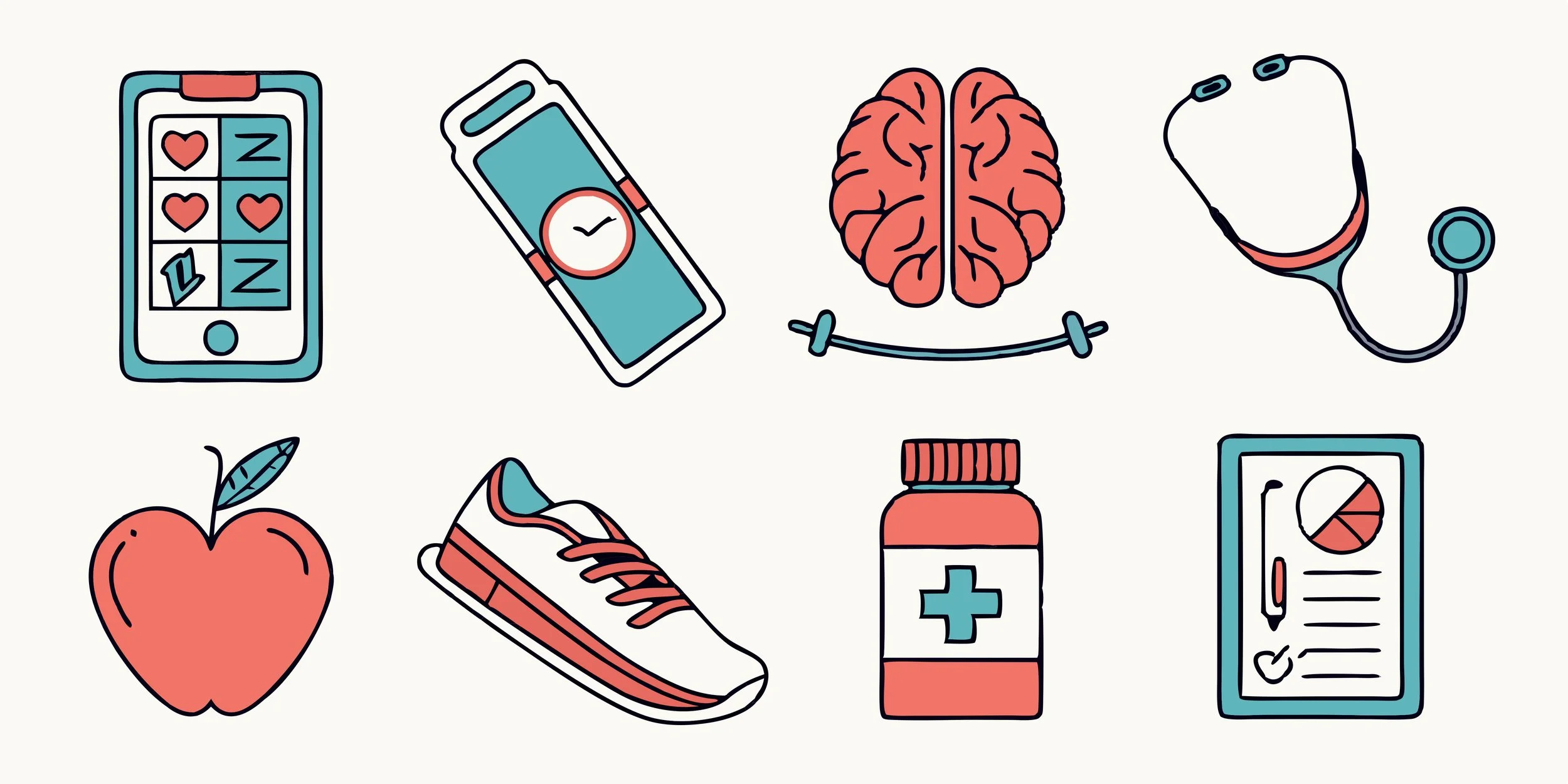Anxiety in children and teenagers
Author: Dr Mimi Xu 27 July 2025
Table of Content
Generalised Anxiety Disorder is a mental health condition that goes beyond ordinary worry. It shows up as near-daily, hard-to-switch-off fear about many topics—schoolwork, friendships, attending school, health, even world events—that lasts at least six months and disrupts normal life.
What is Generalised Anxiety Disorder (GAD)?
Anxiety in children and/or teenagers is more common than you may think. According to the Australian Institute of Health and Welfare:
Roughly 1 in 50 Australian children (about 2 %) live with GAD.
Anxiety disorders overall affect about 7 % of 4- to 17-year-olds.
Young people with GAD miss around ten school days a year on average, more than those with any other anxiety subtype.
How Common is Anxiety in Australia?
Some level of anxiety is part of everyday normal life for most people. For example, if your child or adolescent is preparing for the HSC or a major sporting event, it is common, even natural to experience some level of anxiety. The issue occurs however if the anxiety becomes excessive, uncontrolled or the frequency becomes so common that it effects everyday life.
The signs of Generalised Anxiety Disorder may show up differently in each young person but commonly include:
Thoughts: endless “What if…?” questions, perfectionism, catastrophising.
Feelings: constant tension, irritability, tearfulness.
Body cues: stomach aches, headaches, restlessness, poor sleep. For some children and adolescents, it can lead to panic attacks. In the younger age group, it may come across as frequently not wanting to attend school because of a stomach ache or headache, particularly if there is no medical reason found for this.
Behaviour: frequent reassurance-seeking, avoiding class, sport or activities with peers
These signs must persist for at least six months and cause clear distress or avoidance before mental health professionals diagnose a young person as having Generalised Anxiety Disorder
Spot the signs - What should you look out for as parents?
The parents and carers of a young person plays a vital role in their growth and resilience as the prepare for adulthood.
Patients can try the following strategies:
Validate, then reassure – acknowledge the feeling (“I can see this feels scary”) before offering facts or solutions
Keep routines steady – predictable meals, exercise and bedtime act like anchors.
Book-end worries – schedule a ten-minute “worry time” after school for writing or drawing fears, keeping the rest of the day free.
Model calm coping – let your child hear you self-talk through everyday hassles.
What Parents Can Try First
When to Seek Professional Help
See your GP if worries:
last longer than six months or escalate quickly,
stop your child attending school, sleeping, eating or socialising, or
trigger panic attacks, self-harm thoughts or severe avoidance.
Your GP may choose to refer you to other mental health services and mental health professionals such as psychologists or a child and adolescent psychiatrist
Cognitive-Behavioural Therapy (CBT): teaches realistic thinking and gradual exposure to fears; offered face-to-face or via Telehealth. It may be helpful to do additional parent-only sessions so carers respond supportively rather than enabling avoidance.
Evidence Based treatments for anxiety available in Australia
Medication (SSRIs): considered for moderate-to-severe cases or when CBT alone hasn’t helped; prescribed by a paediatrician or child psychiatrist.
Lifestyle supports: daily exercise, balanced diet, screen-time limits and solid sleep routines boost all other treatments.
What order is the best practice for treatment?
CBT is the first-line approach; medication is added only for more severe cases where panic attacks occur frequently and is impacting daily function, or if there are other co-existing mental health disorders such as depression.
Supporting an anxious child is taxing.
Use your own GP, a psychologist or parent peer groups, and practise the same breathing, movement and sleep habits you want your child to adopt.
Healthy parents model healthy coping.
Self-care for caregivers
Australian Institute of Health and Welfare. Australia's children: Mental illness (web report). AIHW
Young Minds Matter & Telethon Kids Institute. Child and Adolescent Mental Health and Educational Outcomes: Summary booklet (2017). Young Minds Matter





